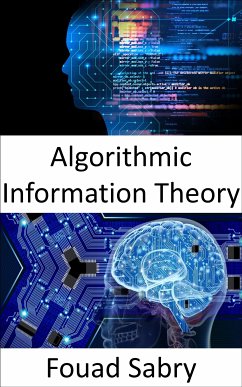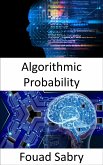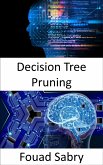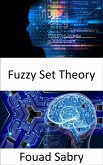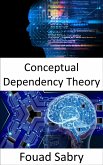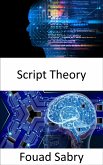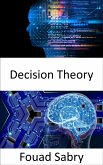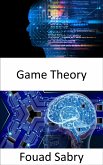What Is Algorithmic Information Theory
The field of theoretical computer science known as algorithmic information theory, or AIT for short, is concerned with the relationship between computation and information of computably generated things (as opposed to stochastically generated objects), such as strings or any other data structure. In other words, algorithmic information theory demonstrates that computational incompressibility "mimics" (with the exception of a constant that solely depends on the universal programming language that was selected) the relations or inequalities that are present in information theory. Gregory Chaitin explains that it is "the result of putting Shannon's information theory and Turing's computability theory into a cocktail shaker and shaking them vigorously."
How You Will Benefit
(I) Insights, and validations about the following topics:
Chapter 1: Algorithmic Information Theory
Chapter 2: Kolmogorov Complexity
Chapter 3: Chaitin's Constant
Chapter 4: Gregory Chaitin
Chapter 5: Algorithmic Probability
Chapter 6: Solomonoff's Theory of Inductive Inference
Chapter 7: Minimum Description Length
Chapter 8: Random Sequence
Chapter 9: Algorithmically Random Sequence
Chapter 10: Incompressibility Method
(II) Answering the public top questions about algorithmic information theory.
(III) Real world examples for the usage of algorithmic information theory in many fields.
(IV) 17 appendices to explain, briefly, 266 emerging technologies in each industry to have 360-degree full understanding of algorithmic information theory' technologies.
Who This Book Is For
Professionals, undergraduate and graduate students, enthusiasts, hobbyists, and those who want to go beyond basic knowledge or information for any kind of algorithmic information theory.
The field of theoretical computer science known as algorithmic information theory, or AIT for short, is concerned with the relationship between computation and information of computably generated things (as opposed to stochastically generated objects), such as strings or any other data structure. In other words, algorithmic information theory demonstrates that computational incompressibility "mimics" (with the exception of a constant that solely depends on the universal programming language that was selected) the relations or inequalities that are present in information theory. Gregory Chaitin explains that it is "the result of putting Shannon's information theory and Turing's computability theory into a cocktail shaker and shaking them vigorously."
How You Will Benefit
(I) Insights, and validations about the following topics:
Chapter 1: Algorithmic Information Theory
Chapter 2: Kolmogorov Complexity
Chapter 3: Chaitin's Constant
Chapter 4: Gregory Chaitin
Chapter 5: Algorithmic Probability
Chapter 6: Solomonoff's Theory of Inductive Inference
Chapter 7: Minimum Description Length
Chapter 8: Random Sequence
Chapter 9: Algorithmically Random Sequence
Chapter 10: Incompressibility Method
(II) Answering the public top questions about algorithmic information theory.
(III) Real world examples for the usage of algorithmic information theory in many fields.
(IV) 17 appendices to explain, briefly, 266 emerging technologies in each industry to have 360-degree full understanding of algorithmic information theory' technologies.
Who This Book Is For
Professionals, undergraduate and graduate students, enthusiasts, hobbyists, and those who want to go beyond basic knowledge or information for any kind of algorithmic information theory.
